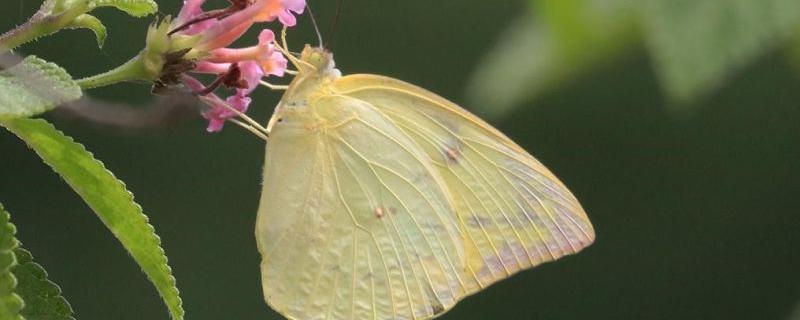Tetrastemma freyae [Image credits: Mohandhas S Vignesh]
A new review reveals that rising global temperatures, increased pollution, and extreme weather events are driving a global surge in eye diseases, disproportionately affecting vulnerable communities and challenging healthcare systems.
Roorkee/

![Tetrastemma freyae [Image credits: Mohandhas S Vignesh] Researchers discover a new species of ribbon worm from Chennai’s Kovalam beach](/sites/researchmatters/files/styles/large_front_800x320/public/kovalambeachworm9jul.jpg?itok=-UJ1CpW1)

![Representational image [Image Credits: Mindy Takamiya/Kyoto University iCeMS/ CC-BY-SA 4.0] Machine Learning models to aid faster and easier detection of brain cancer](/sites/researchmatters/files/styles/large_front_800x320/public/machinelearning1_result.jpg?itok=F2OJMZV3)



![A group of enthusiastic birders take part in the survey for Kerala Bird Atlas. [Image credits: Kerala Bird Atlas] Kerala wraps up Asia’s biggest bird survey](/sites/researchmatters/files/styles/large_front_800x320/public/birdtoi_0.jpg?itok=ksis4Clv)
![Eric Kilby from Somerville, MA, USA [CC BY-SA], Wikimedia Commons Understanding pain, virtually](/sites/researchmatters/files/styles/large_front_800x320/public/image1_3.png?itok=j8xwgKBS)
![A woman cooking food using improved cookstoves [Image credits: Udaipur Urja Initiatives] Promoting improved cookstoves can benefit rural households](/sites/researchmatters/files/styles/large_front_800x320/public/cookstove.jpg?itok=siTUriTM)
![Snapshot of simulation showing two black holes colliding with each other. [Image Credits: Wikimedia Commons] Digging the grave: In search of the remains of merging black holes and neutron stars](/sites/researchmatters/files/styles/large_front_800x320/public/merger.jpg?itok=cwO7xc1a)